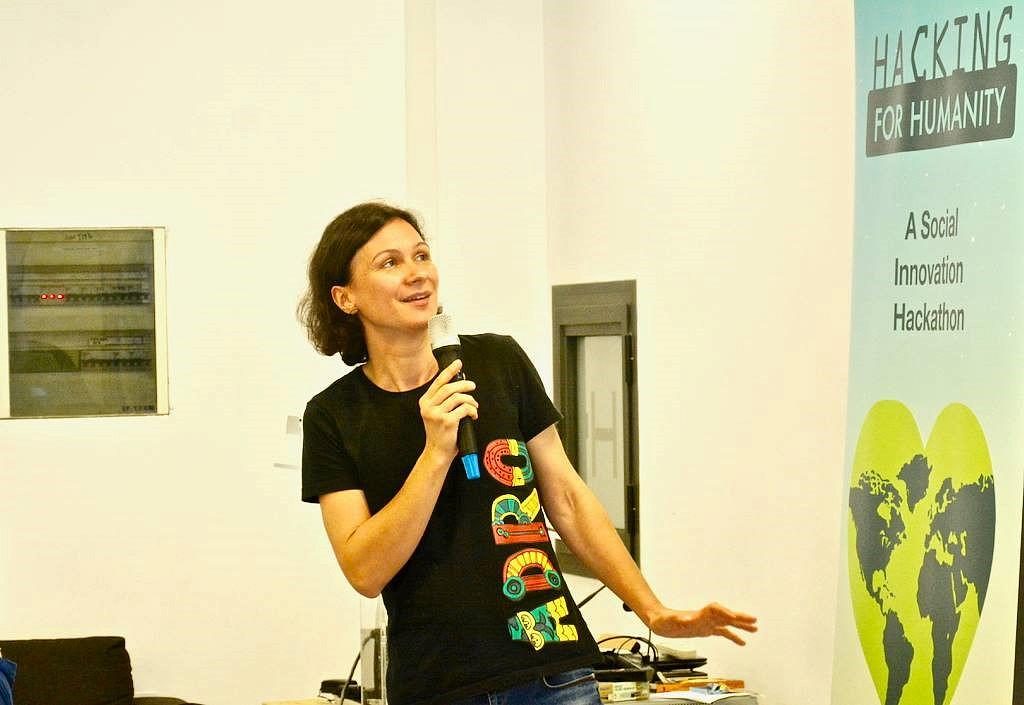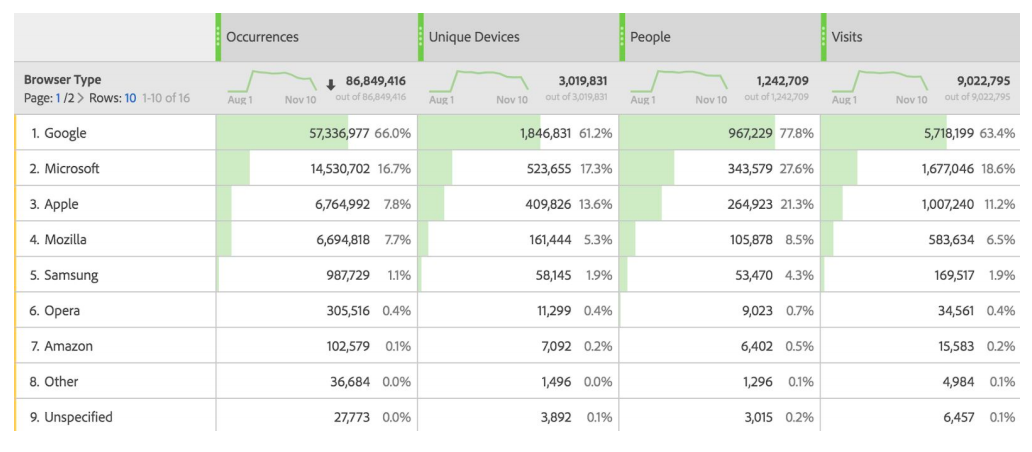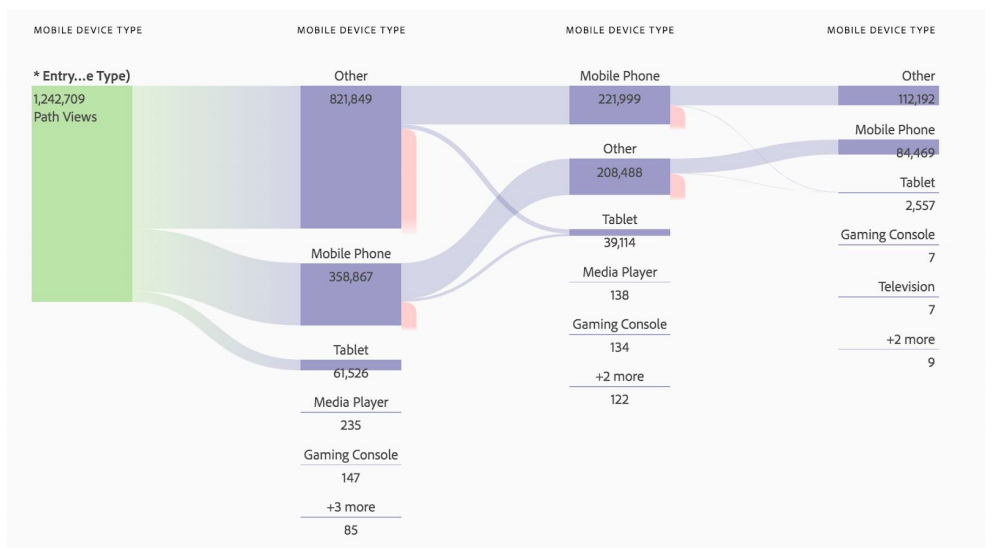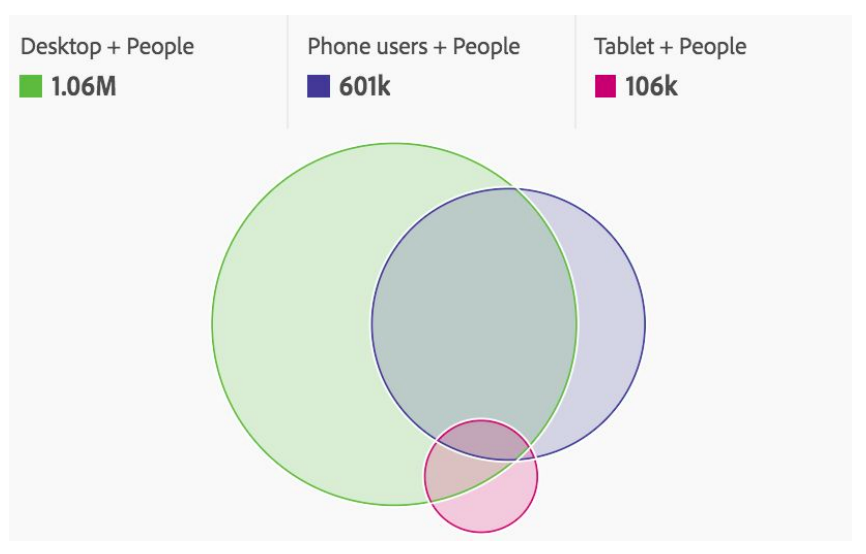(P) How to build successful products: engineering teams with product focus - a case study from Romania



Raluca Bejan (in picture) – Sr Engineering Manager for Cross Device Analytics team
In today’s tech environment, with numerous projects delivered every day by start-ups and established players, a key in developing world-class products is in the way engineering teams look at the products. The tech team's understanding of the customer challenge and expectations is critical in order to create a software architecture that would support both present and future needs. Meanwhile, technical ownership is more important than ever for competitive software engineers.
A case study with Adobe Romania shows how engineering teams are hands on with the product owners and develop the digital marketing products of tomorrow.
Adobe Analytics is one of the products developed in Adobe Romania, where the local tech team handles everything from research to development, with full technical ownership and customer understanding. Check the case study below and join our team.
The Customer Problem
Nowadays, customers collect huge amounts of data from all sorts of digital channels such as websites and mobile apps. Typically, this data, with volumes dramatically increasing over the last few years, is collected while the user is anonymous (using a browser cookie or other anonymous device identifier) because they were not yet identified via a purchase or account creation. As a user moves through a conversion workflow (using a simple ecommerce example), events are stored at each step as shown below:
Once these events are materialized into reporting, they’d look like this:

The customer had no way to link the events and make sense out of aggregated data coming from multiple devices. Switching back and forth between desktop, tablet and mobile apps while engaging with a brand and completing a purchase was not represented in the reporting at all.
The Solution for the Customer Problem
With Cross-Device-Analytics (CDA), it’s time to shift from a device-centric view of the customer to a person-centric view. The new reporting capability helps the customer to link what their users are doing on a mobile app to what they do on a laptop, desktop, tablet, and more.
Cross-device analytics in Adobe Analytics is an out-of-the-box capability that helps understand the customer’s multi-device customer journey. It automatically unifies web and app interactions from multiple devices into a single journey stream, including historical data, to understand how people move from one event to another across devices.
The events materialized into reporting will look like this in CDA:

Because the user had no account until the last two events, the first three events were collected while the user was in an anonymous state and an identity was historically assigned to them.
Value for customers
Real-Time Data Exploration: Finding insights and making decisions in real time.

Contextualized Multichannel Data: This helps removing the friction and irrelevancy from the customer journey to deliver compelling experiences in the moments that matter. It helps with the view of how customers move through entire journeys, not just from point-of-purchase forward.

Person-Centric Engagement Views: Transforming customer engagement views from device-centric to person-centric by retroactively stitching visitor profiles together across devices. This helps you get deeper and more accurate insights into when, where, and how customers engage with your brand.

Technical insights
CDA is built by Adobe, entirely in Bucharest, with a team of highly talented engineers embracing a DevOps software development model and Agile methodology.
The overall technical solution was designed in such a way, application and infrastructure, so it can process hundreds of petabytes of live traffic data per day. It uses top notch technologies such as Kubernetes, Kafka, the Hadoop stack and others with the whole stack deployed in the cloud, embedded in a scalable, reliable and flexible solution with is automatically validated and deployed on a continuous basis.
Tons of work are reflected in the highly efficient monitoring and debugging tools, built with technologies as Prometheus, Thanos and Databricks, with astonishing results, to be able to effectively isolate and visualize a problem, coming from the data or the infrastructure, as fast as possible, in the tons of data being processed.
The data volume processed is currently ten billion events per day, with the capability to scale the solution to process from five to ten times more than this, in case of traffic spikes.
The solution above is already in the market since a few months ago and it is rapidly adopted by the customers. To be able to meet the future expectations of Adobe customers, the work for a second iteration of the Cross Data Analysis started with the Bucharest team - the goal is to add flexibility and cover more market needs.
The team is also rapidly expanding, along with the whole Bucharest campus, looking for more talented and highly skilled engineers, aligned with the market and the adoption rate of the first released solution. You can join the team here.
(P) - This article is an advertorial.